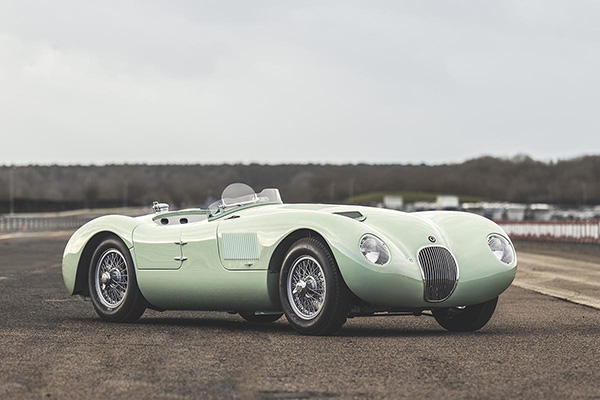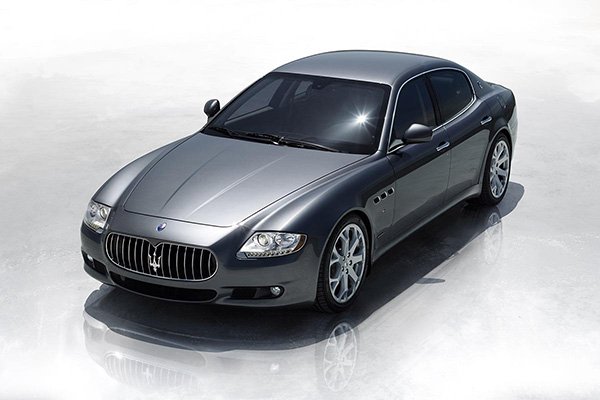Influence of the ‘boy racer’: How collections now contain more modern cars
Time was, a car collection would only really contain bona fide classics; models at least 30-40 years old, and often more. Whether these cars were from famous racing marques or simply something more unusual from mainstream manufacturers varies from collection to collection, but traditionally age was a key differentiator for a ‘collection’, when separated from ‘other’ cars owned.
But trends are shifting, and collections are being made up of more modern machinery. We look at why this is, and is it worth considering for yourself?
Age is a factor
While it might be scary to think about for some, the simple fact is that many of the cars that might spring to mind when thinking about modern cars in classic collections, are actually – or practically – classics already.

For many, the likes of Lamborghini’s Diablo would be considered a modern car, but older versions are well over the 30 year mark, and in fact its replacement, the Murcielago, is comfortably over 20 years old.

That perspective is something that is difficult to change for some, and depends on the cars that were desired at various stages of life, which for a middle-aged writer here will be different to an older or younger reader. The likes of the Lotus Elise, Porsche Boxster, Audi TT, Peugeot 106 Rallye, Renault Clio Williams, and Fiat Coupe, are all less exotic examples of cars that are around 25-30 years old, but ‘should’ not be that age. Tempus fugit eh?





Shifting markets
Partially linked to the concept of a car’s age struggling to permeate into our sub-consciousness, but also cleverly exploited by manufacturers, is the idea of ‘instant icons’ – continuation runs, resto-mods, revived greatest hits… effectively brand new old cars.

Whether that’s the likes of Aston Martin and Jaguar producing brand new examples of a lightweight DB4 or C-Type, or Prodrive creating its P25 homage to the Subaru Impreza WRC cars it so successfully campaigned for the Japanese brand, the effect is the same. These are cars that look older, but are fresh off the production line.



New heritage
It’s not just the idea of cars themselves being classics, but the manufacturers too. Following on from the Impreza above, the thought of Mitsubishi or Subaru being talked about in the same hushed tones as Lancia or Audi when it comes to rallying success would have seemed absurd two or three decades ago. Yet they are there, and rightly so; adding to the manufacturers with racing pedigree, rather than detracting from any.

Revived names play the same part. Whether it’s the likes of Skoda for the VW Group, or Renault’s resurrection of Alpine, both have looked to play on past glories to establish themselves faster than a completely new name like Toyota had to do with Lexus, or Hyundai is currently doing with Genesis. Having some history, no matter how tenuous the link, helps bring a cache that collection owners can buy in to. Take Bugatti as an example. The company has changed hands multiple times over its past, and is now owned by Rimac, which has no history prior to 2009. But the name is as iconic as Ferrari or Rolls Royce in terms of performance and opulence, and the Chiron basks in that, despite it being built by a company that is younger than Koenigsegg – perceived as a younger firm.

It's down to the models
For some, it’s simply a case that they can now afford the cars they desired in the past. That’s clearly the case for most collections, with very few gathering together a group of models simply for the potential financial benefits when selling further down the line – car collections usually have emotional ties.

But whereas a ten year old Maserati Quattroporte might have been utterly unobtainable when new, it could be a completely different prospect now. Not only is it more affordable, but it could represent a good investment for the future, as well as the prospect of being able to drive a fantastic Italian thoroughbred saloon for a time. As finances change, so to does the ability to buy what you want; and while for some, the wait between wanting and getting their favourite cars might be a few decades, others might only need to wait a handful of years.
All of which combine to see greater numbers of ‘newer’ cars being collected. And when it comes to looking after them, it’s something that Footman James can be relied upon to assist with. The Chrome Collective is an exclusive club for Private Clients of Footman James which offers access to luxury events, VIP hospitality and more. Club members in the past have enjoyed unsilenced driving at Thruxton, taken part in tailored driving tours, and discussed all things motoring with admired industry insiders. To find out more about our Private Client policies call 0333 162 8086.

COMMENT